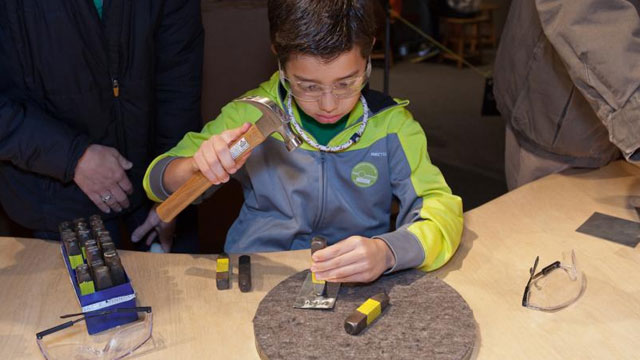
Flickr: Exploratorium
What do we do in a world where learning is no longer directly tied to an institution, and is being placed into the hands of the learner?
Will Richardson posed this perennial question to educators recently at the ISTE conference. His question highlights a key tension: those with control over education policy are making decisions on the old model of schooling -- knowledge held by teachers who deliver information to students -- while young learners are clamoring for something different.
“There’s not much I need you for when it comes to my child learning something,” Richardson said to teachers. If most test questions could be answered with a quick Google search, are they worth teaching?
“Modern learning is more about discovery,” Richardson said. “It’s not so much waiting as doing.” Learners should be empowered to continue learning and to use their interests and passion to fuel projects that they care about. Richardson had some ideas about how teachers can begin to move away from content delivery and towards a model that is supportive of individual learners.
“We don’t need school to be better, we need schools to be really, really different,” he said.
Richardson’s three ideas for changing the way society thinks about learning that have nothing to do with student achievement on test scores.
1. “Knowmadic” schooling: Learning should be self-directed and based on the individual’s interests and passions, not curriculum or standards. This way, students will leave school with deep mastery of one subject instead of a little bit of information about a lot of things. Students could work in different contexts, produce new ideas, and transcend geographical limitations. Their interest in the subject would feed their motivation and by working with other students across the world, they'll be able to enhance networking skills. With this conception of “knowmadic” schooling, knowledge would be fluid and continuous, with kids revising initial understandings as they gain more information.

